Technical Advances in Roll Forming
Technological advances have had a significant impact on the roll forming industry. The methods and processes from computerization has improved dimensional accuracy and adherence to tolerances. Below is a description of a few of the significant improvements.
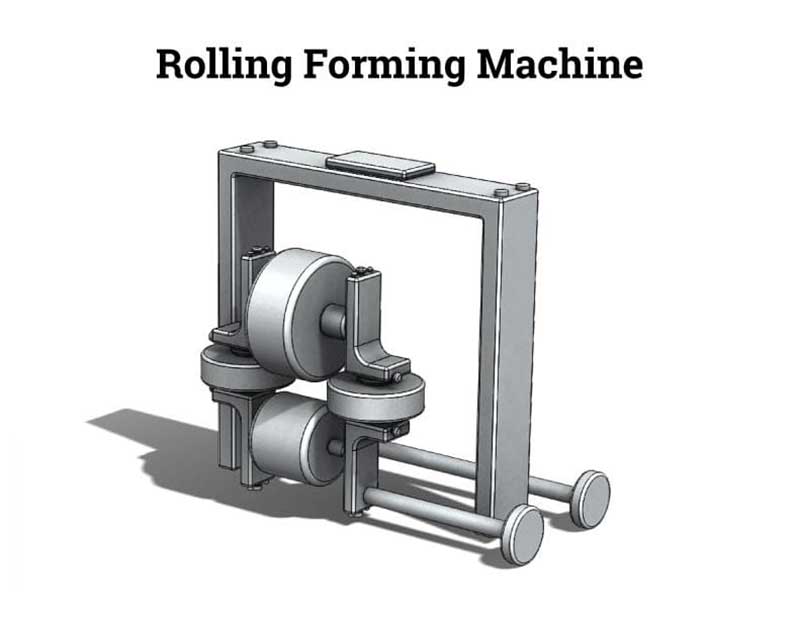
Computer Numerically Control (CNC)
A CNC machine can be programmed to control metal processing and give instructions to automatic tools, equipment, and rollers. They decide the sequence of machine operations, perform trial runs, and can be programmed with specific part geometries to follow the flower pattern.
Depending on the type and design of a profile, CNC roll forming machines can be adjusted without the need to change tools. Overall measurements can be continuously varied including non-symmetrical ones as well as sheet thickness changes. The image below is the display screen from a CNC roll forming machine with its set of commands.
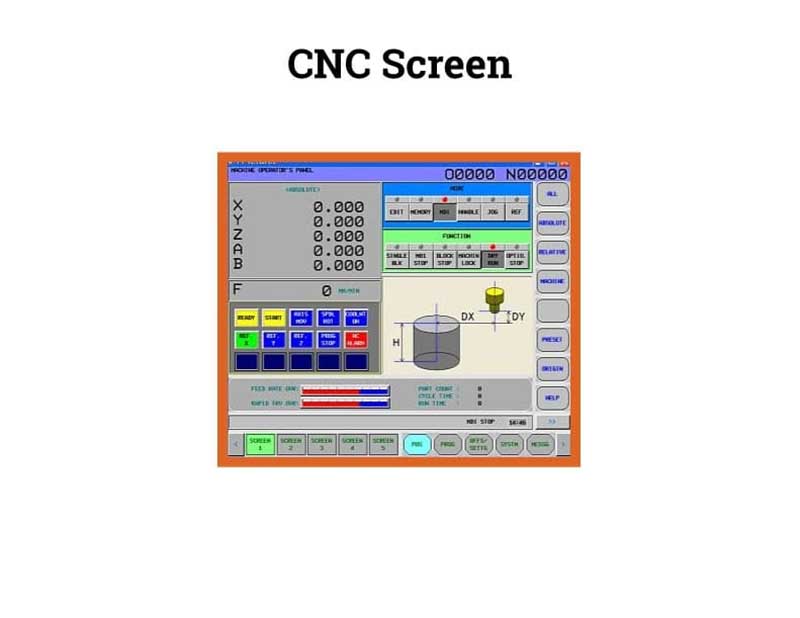
Computer Aided Design (CAD) or Manufacturing (CAN)
Designing for roll forming involves three engineering design elements: geometry, length, and type of material. The designs created in CAD/CAM can be easily transferred to CNC programming.
Geometry – Roll forming can use CAD to reduce complex, multiple component parts into a single structure. Several simple components can be combined to form a single complex shape.
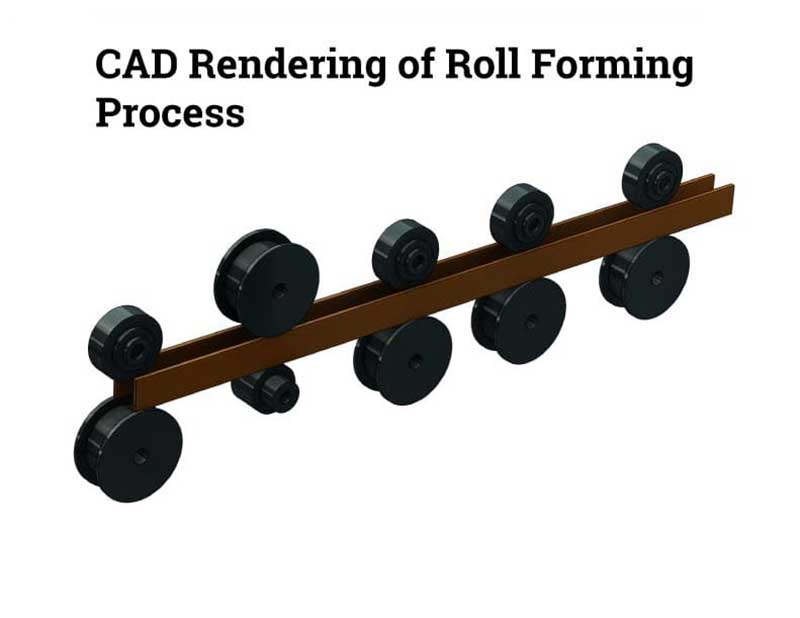
Length – Roll forming is ideal for long parts with high production runs. Stamped and press braked parts can be converted to roll forming using CAD programming.
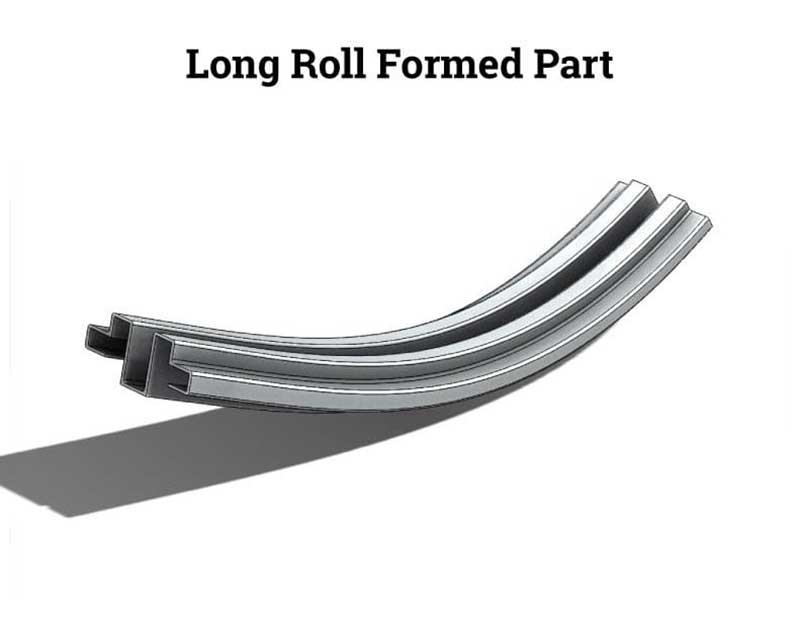
Metal – CAD can test a metal for its appropriateness for the application without having to make a production run or prototype.
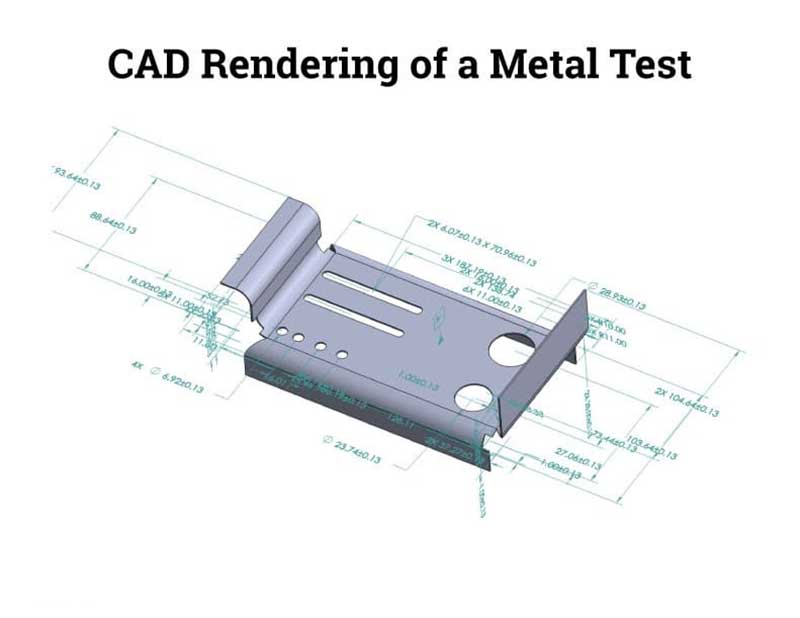
The image below is from CAD rendering of a roll forming flower pattern.
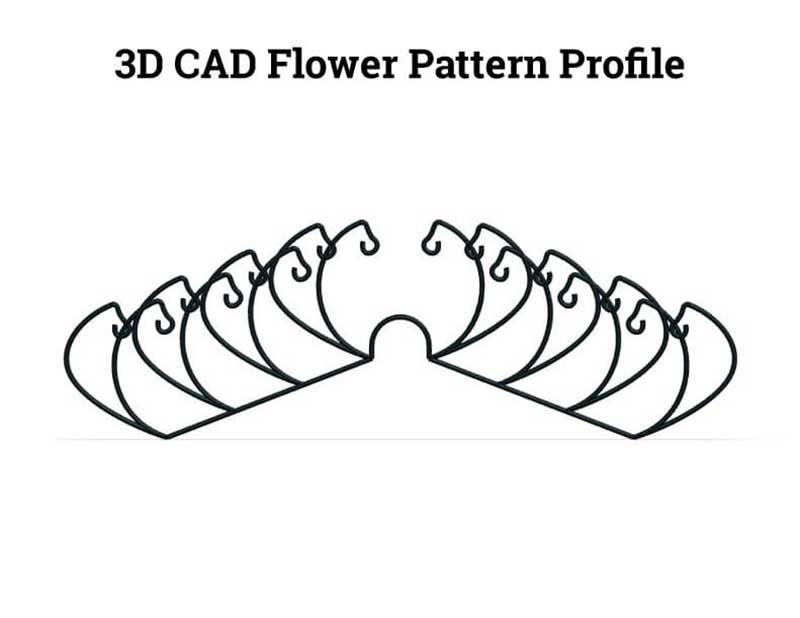
Programmable Logic Controller
A PLC is very similar to a CNC machine. Like a CNC machine, PLCs are specialized computer control systems designed to control machines and their processes. They continuously monitor a device and make adjustments. In roll forming, the operator enters the commands for cutting lengths and quantities. The more complicated the required operation; the more commands have to be entered, such as hole punching, slot cuttings, and other pre-press functions. The white device in the image below is the PLC controller for a rail guide roll forming machine.
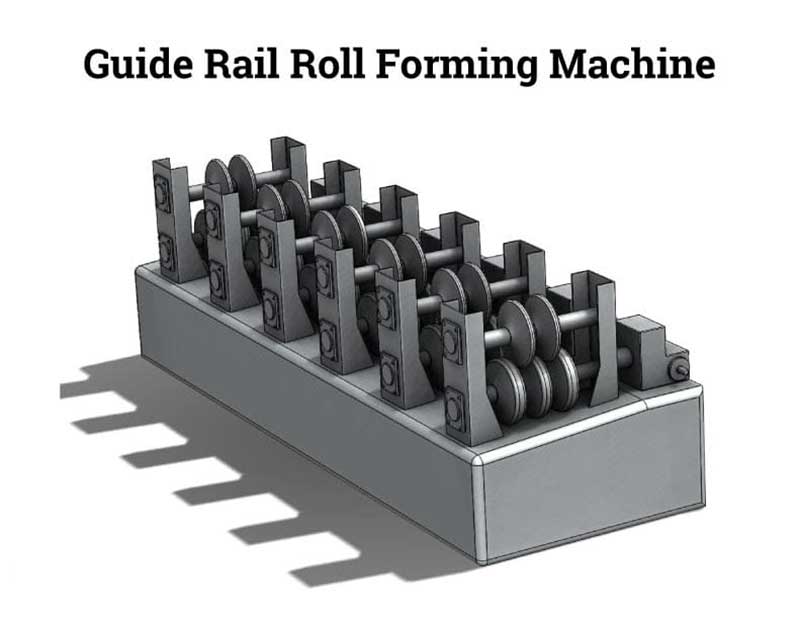
TIG Welding and Lasers
TIG, tungsten inert gas welding, uses a tungsten electrode to create the weld in a roll formed shape. As the rolled form exits the rollers, and before it is cut, it is automatically welded by either a laser or TIG welder. For the operation to be successful, the radii of the rolled form have to meet perfectly. Below are images of weld rolled forms for tubing.
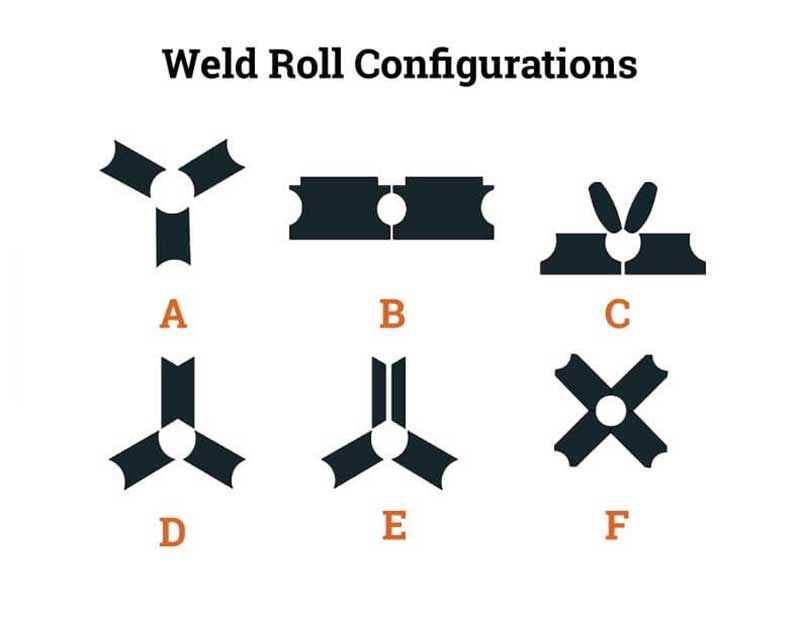
Chapter Four – Benefits and Advantages
Roll forming is a cost effective process for shaping metal coils into custom designed profiles. It is used by several industries to produce components for automobiles and appliances to aircraft and construction industries. Listed below are some of the benefits and advantages roll forming offers.
Efficiency
The speed of roll forming is due to the long coils of metal it uses that are rapidly fed into the forming machine. Since the machine is self-feeding, there is little need for human monitoring, which lowers the cost of labor. Punching and notching during pre-feeding avoids the need for secondary operations.
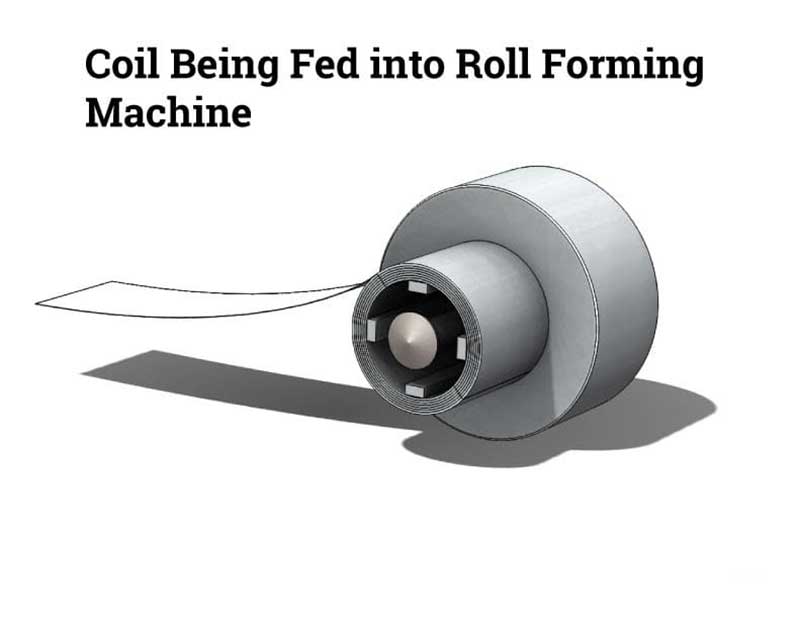
Cost savings
Metals do not need to be heated for roll forming, which significantly lowers energy costs. The careful control and lubrication of moving parts reduces tool wear and the cost of component replacement. The smooth finishes of completed parts removes the need for secondary processes such as deburring or trimming of flash. Parts are produced in large quantities reducing the cost of the final product.
Flexibility
Complex and intricate cross sections can easily be produced using ferrous and non-ferrous metals. In some processes, it is not possible to shape a metal that has been painted, plated, or coated. Roll forming can easily shape them regardless of the type of finish.
Quality
Products are more uniform and consistent across a complete run. Tolerances are very tight with extremely precise dimensions. Sharp, clean contours are maintained with the absence of die marks or deformities.
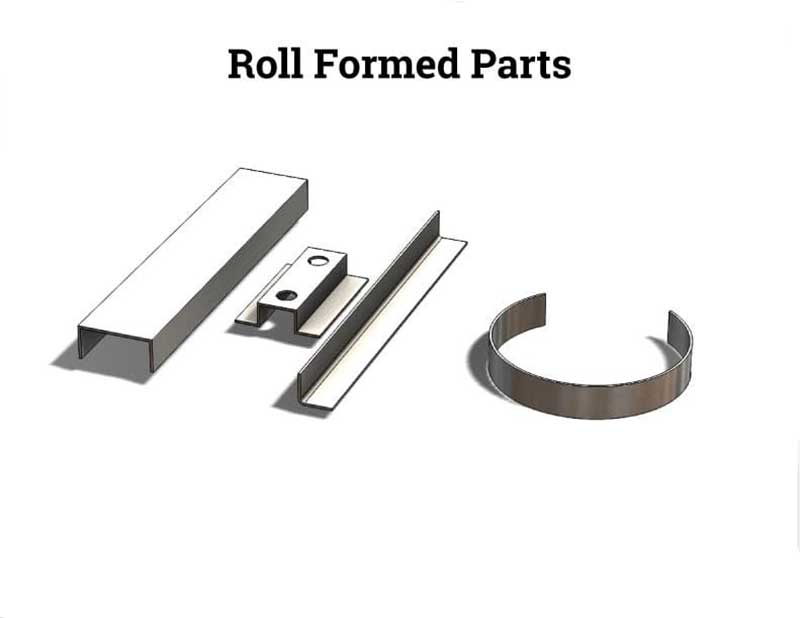
Length of parts
Since the metal is fed into the machine, any length can be produced using the same tooling for any part.
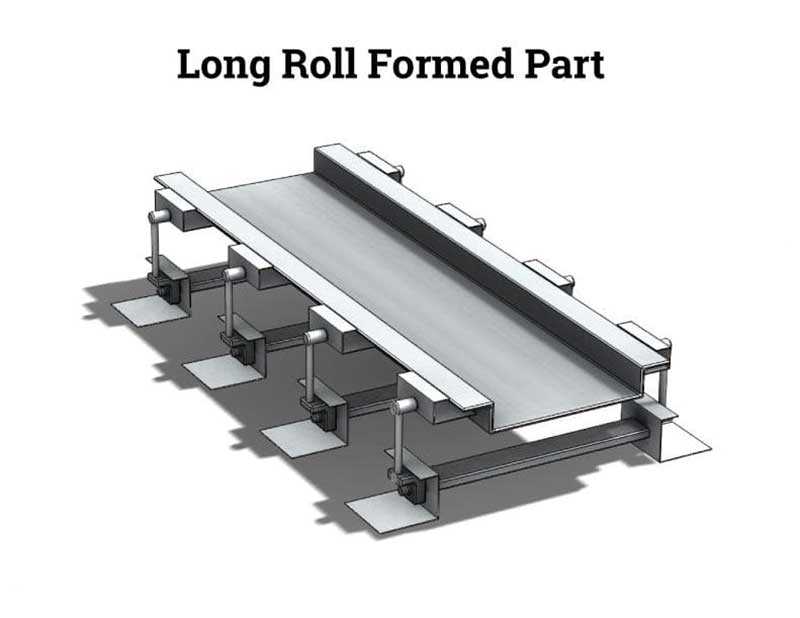
Less scrap
Roll forming produces one to three percent scrap for each production run, which is far less than any other metal working process. The lower amount of scrap lowers the cost of working with expensive metals.
Repeatability
A major problem with bending metal is residual stress, which negatively affects repeatability. The rapid processing of roll forming helps metals retain their residual stress as well as any loss of weld seam control.
Leave Your Need
Please write your message here! We will send detail technical info and quotation to you as soon as possible!




